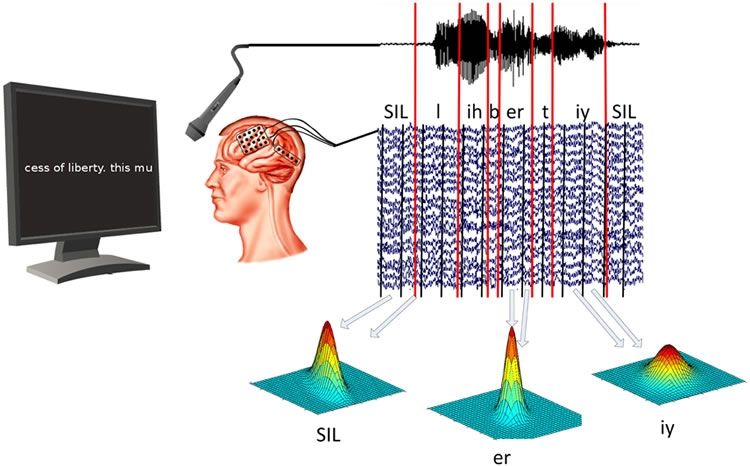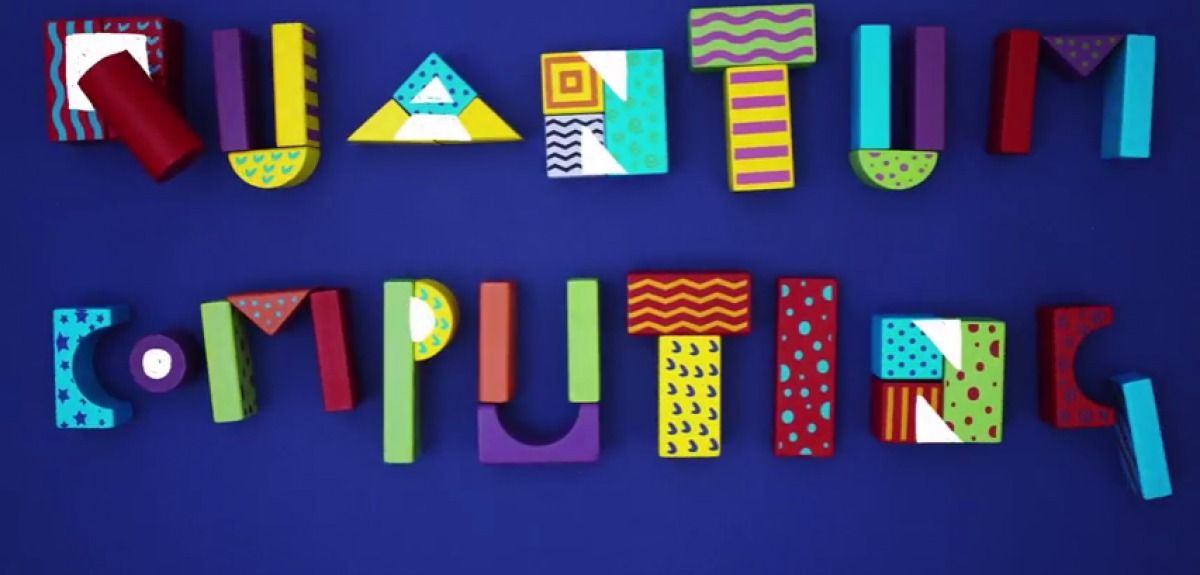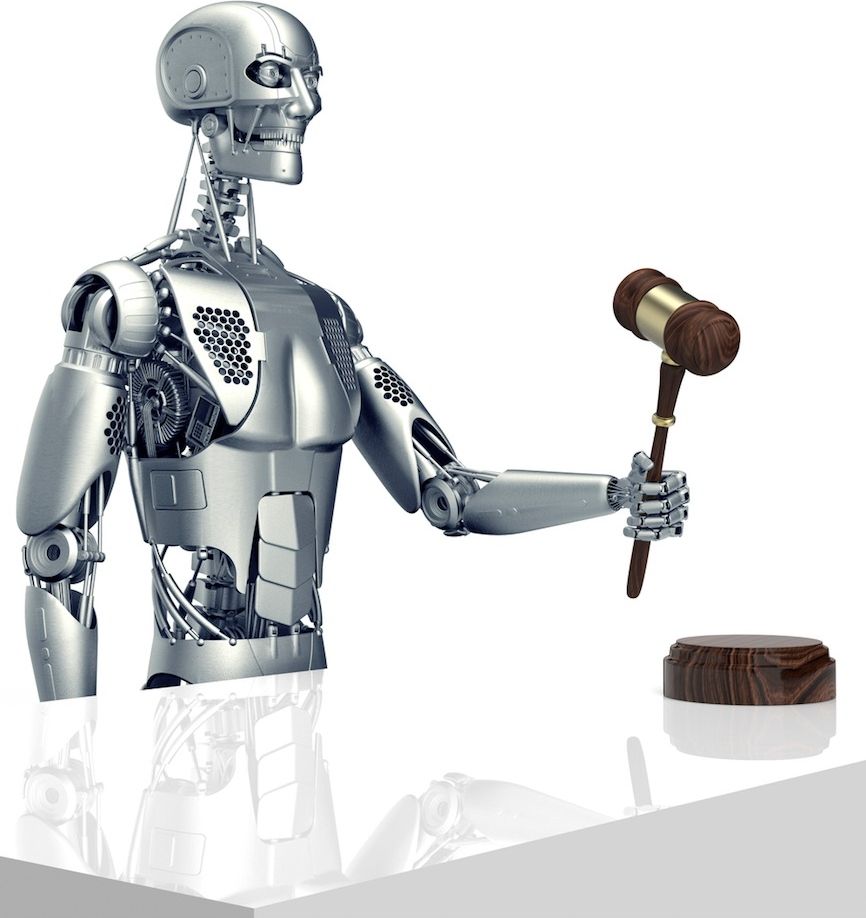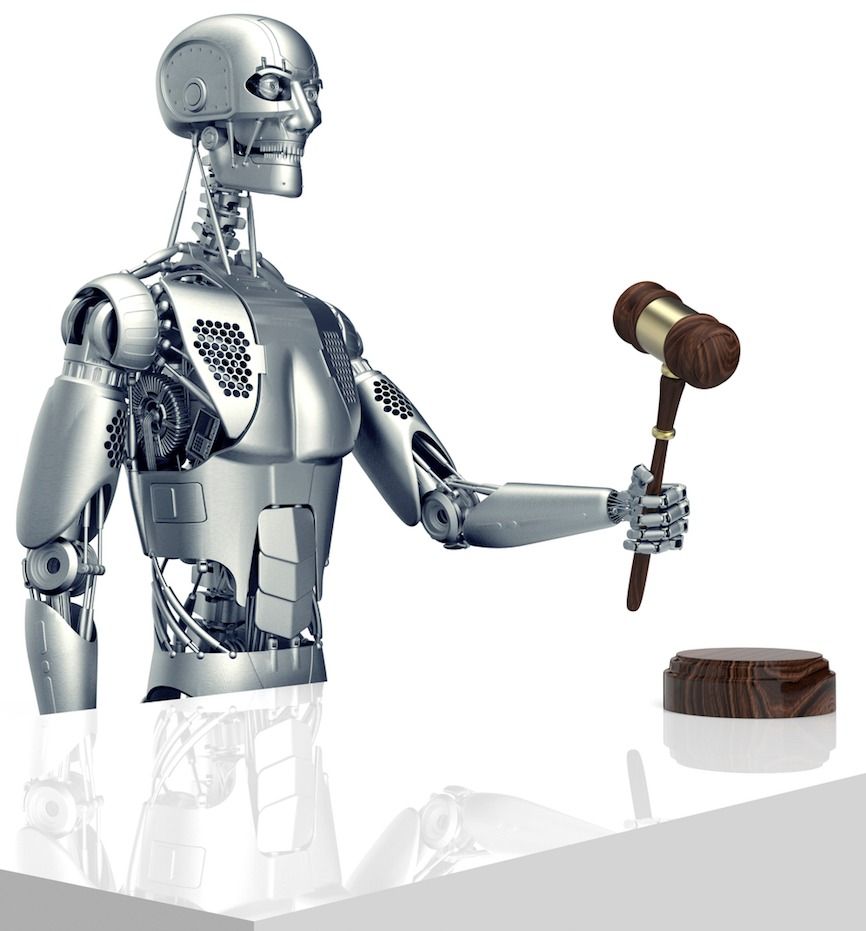Summary: Brain-to-text system could help people with speech difficulties to communicate, researchers report.
Source: Frontiers.
Recent research shows brain-to-text device capable of decoding speech from brain signals.
Ever wonder what it would be like if a device could decode your thoughts into actual speech or written words? While this might enhance the capabilities of already existing speech interfaces with devices, it could be a potential game-changer for those with speech pathologies, and even more so for “locked-in” patients who lack any speech or motor function.










